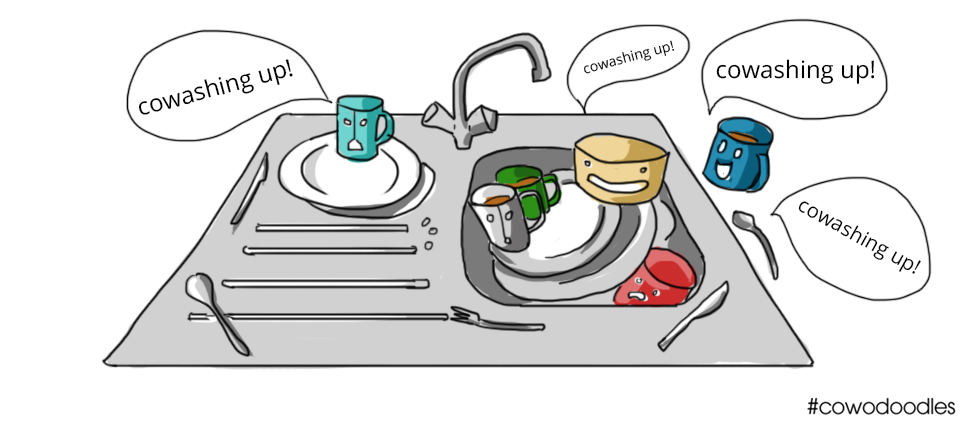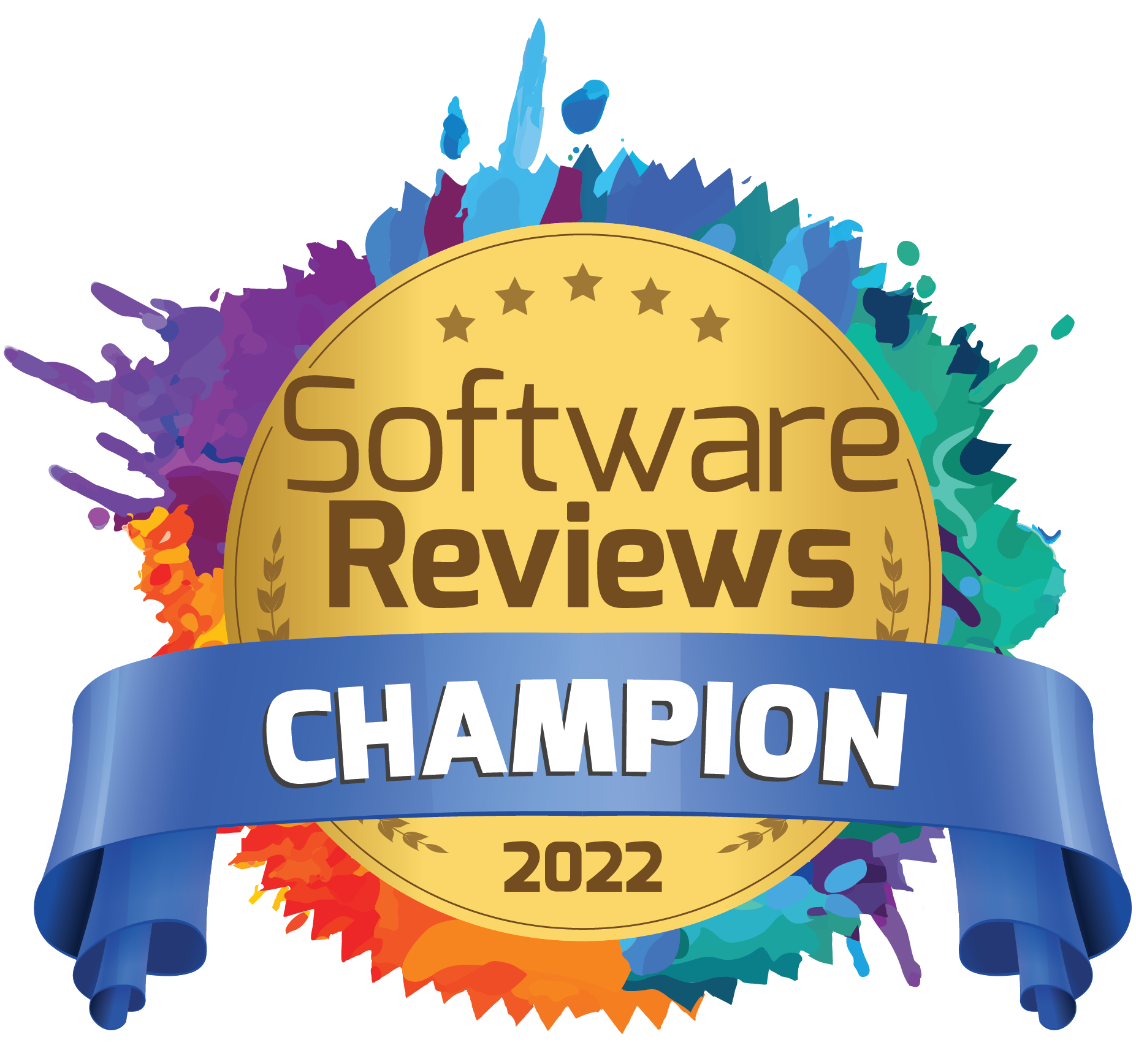Five ways to make the most of your coworking space using Nexudus Spaces
Since we started Nexudus Spaces, we've been lucky to work with hundreds of coworking spaces all over the world. Daily contact with different spaces has not only helped us improve the platform, we've also been able to spot common management patterns and needs. Generally, as a space grows, it is faced with more and more daily tasks, which can become a headache if the correct tools haven't been considered or implemented. Below are some of the daily processes that can be automated in spaces:
- Invoicing and online payment: As a space welcomes more coworkers, generating invoices can be a nightmare. Automating invoice cycles and offering space members the opportunity to pay their invoices online, means that everyone saves time and helps you have more control over payments. Here you can take a look at the payment providers we've integrated.

- Booking and Events: Allowing your space members book resources and rooms online makes day-to-day space management a lot simpler. What's more, many spaces have several meeting rooms, rates depending on user price plans and free usage for members. Many spaces also allow external guests to make bookings. With Spaces, they can also pay for their bookings online. Nexudus Spaces accounts also have a booking app for iPads. If you hold events in your coworking space, you'll also want to automate registration, ticket sales and delivery. With Spaces, users' contact details will be saved to your Spaces account so you can get in touch with them in the future.
- Check-In: Many coworking spaces like to keep track of when members check-in and check-out so they can monitor their price plans or have an overview of the space's usage. When is the space busiest? Which members use the space the most? There is no magic formula for checking-in members, it's a matter of finding the best option for each space. The manual check-in is the most basic, but a manager needs to do it. On the next level of automation is checking in with an RFID card. They're fairly affordable, but the user would have to remember to use it. A more advanced step would be checking-in in via Wi-Fi, one of the widest methods used, or by means of access control at the entry. Both processes are automatic. In the first case, the user is automatically checked in via Spaces when he/she connects to the space's Wi-Fi network.
- Detailed reports: All of these tools help save time when carrying out the space's routine processes. Detailed reports also allow you to optimise how the space is used, controlling income sources and creating new lines of business. Spaces has more than 80 reports grouped into different categories (Check-ins, Bookings, Events, Extra Services, Time Passes, Members, Products, Finance, Invoicing, Revenue), giving you a detailed view of what's happening in your coworking space.

- Everything else :) As well as speeding up these processes, Spaces has tools that make it easier to communicate with space members (Community board, Email monitoring, Reminders, etc.) producing content (Blog, Newsletter, Wall) and so much more! ;)
That being said, we still haven't got a feature to deal with one of the biggest problems in any coworking space... the washing up!! ;) (but it is part of our road map!)

Main image source: Dustin Lee
Related stories
Why a CRM is Essential for Coworking Spaces (And How to Choose the Best One)
A customer relationship management platform (CRM for short) is what organisations use to manage relationships and interactions with both existing and potential customers. Its primary function is to streamline operations and communications to ensure a smooth customer - and employee - experience, while improving profitability.
How the Right Coworking Software Can Transform Your Coworking Space
We all know that technology solutions are imperative to the day-to-day running of your coworking space, but the right coworking software can take it to the next level. It has the power to transform your coworking space into a highly profitable business, all while building a vibrant and engaged community. Let’s explore how the right tools can transform your coworking space.
New in Nexudus: Reduce no-shows & improve team bookings in your coworking space.
Meeting rooms are at the heart of collaboration in coworking spaces. Whether it's a brainstorming session, a client meeting, or a team catch-up, having a simple and efficient way to book and manage meeting rooms makes all the difference. But let’s be honest—there’s always room to improve the experience for your members.
Unlock New Revenue Streams with Our New Virtual Offices Module
The popularity of remote and hybrid working has prompted many organisations to rethink the way they utilise office space. Many have swapped their large, static HQs for more flexible satellite solutions that can accommodate a disparate workforce.
ViDA Compliance Guide: 8 Essential Steps for Coworking Spaces in the EU
Now that 2025 has arrived, the European Union's VAT in the Digital Age (ViDA) initiative is becoming a key topic for coworking spaces operating in the EU. But don’t panic—ViDA will be introduced gradually, with key changes taking effect from 2028. This major VAT reform aims to modernize tax reporting, combat fraud, and streamline compliance through mandatory e-invoicing and real-time digital VAT reporting for certain transactions.
Harnessing AI to Help Coworking Operators Understand Their Communities Better
After more than twelve years in the coworking industry, we’ve seen the movement evolve at an incredible pace, especially in recent years. Spaces have grown larger, making it harder for operators to truly connect with their communities. At the same time, expectations for higher service standards and increasing competition mean that creating tailored experiences and fostering long-term member engagement is more important than ever.
What Is Workplace Management and Why Does It Matter?
There has always been a need for workplace management – the process of organising and optimising physical spaces, resources, and operations to support people’s needs. But, as 28% of UK working adults were reported to work in a hybrid capacity last autumn (by the Office for National Statistics), the question of ‘why workplace management matters’ is more critical than ever. Let’s look at the workplace management benefits for your operations.
Exploring Coworking Software in 2025: 10 Key Nexudus Features
From automating daily processes to supporting your team in building a thriving community and boosting revenue for your business – coworking technology couldn’t be more impactful for flexible workspace operations. But with so many tools available, selecting the right tech stack for your coworking business can be overwhelming.
Unlock Your Team’s Potential with the New Nexudus Academy
As the coworking industry continues to grow and evolve, so does the Nexudus platform. We always strive to develop new features and enhance existing ones to make your job easier. When new features are introduced, there is a need to learn how to best leverage them for your space.
From Startup to AI-Powered Coworking Software Company: The Nexudus Journey
When we first launched Nexudus, we were a small, tightly-knit team wearing multiple hats—from sales to implementation and customer support. In those early days, if a customer had a question, there was a good chance that the person answering it was also the one who had built that particular feature.

